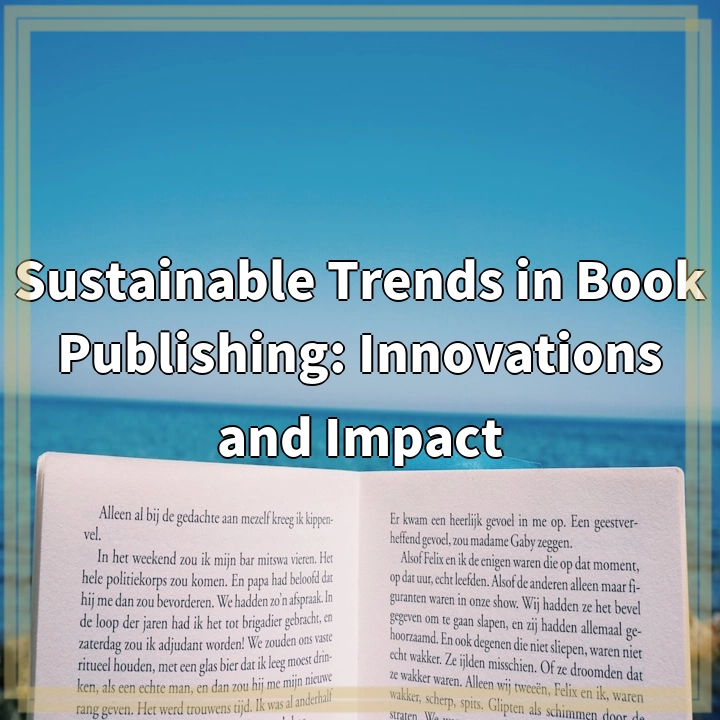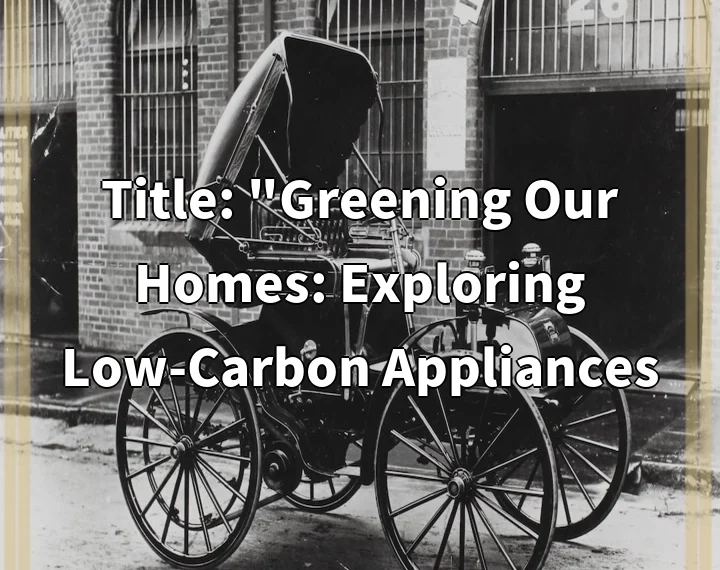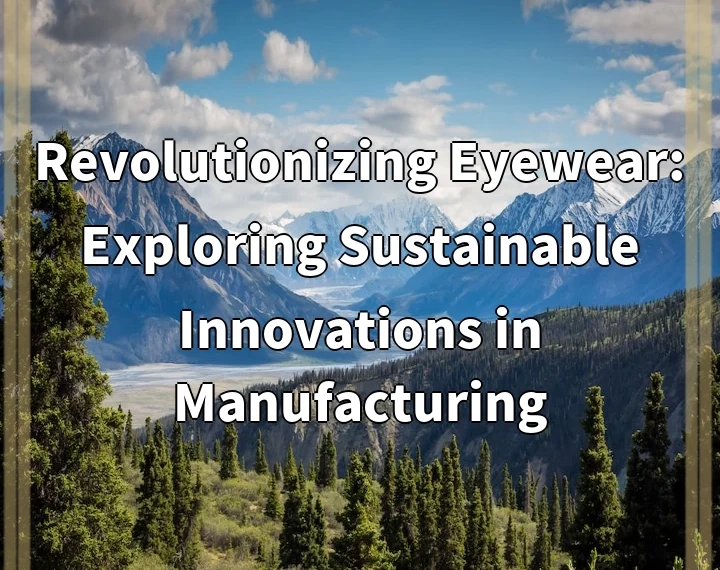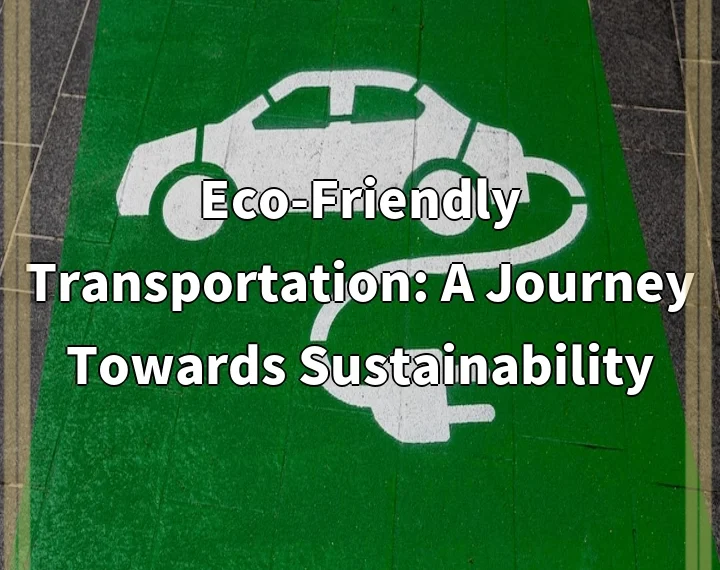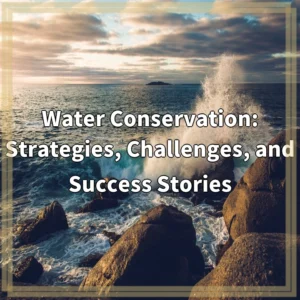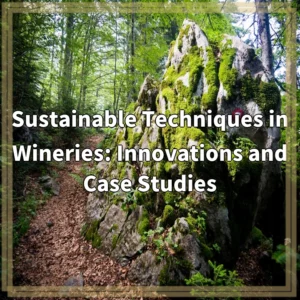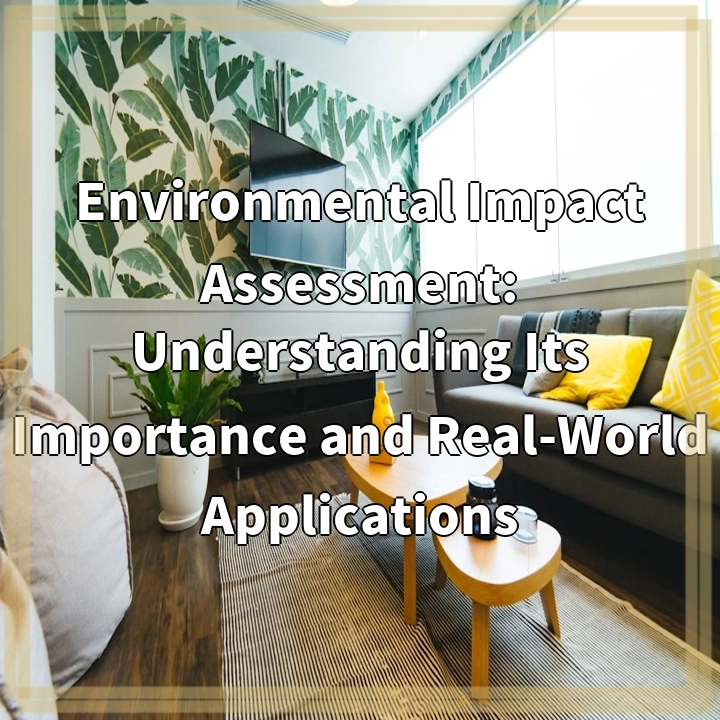
What It Is:
Environmental Impact Assessment (EIA) is a systematic process used to evaluate the potential environmental effects of a proposed project or development before the project is approved. EIA aims to ensure that decision-makers consider environmental impacts alongside economic and social factors. It involves a series of steps that include screening, scoping, impact analysis, mitigation planning, and public participation.
Key Components of EIA
The EIA process typically includes the following key components:
- Screening: Determining whether a project requires a full EIA based on its potential impact.
- Scoping: Identifying the key issues and concerns that need to be addressed in the assessment.
- Impact Assessment: Analyzing the potential environmental effects of the proposed project, including air and water quality, biodiversity, and social impacts.
- Mitigation: Developing strategies to avoid, minimize, or compensate for negative impacts.
- Public Participation: Engaging stakeholders and the local community in the assessment process.
Real-World Problems Associated with EIA
Despite its importance, the EIA process faces several challenges and real-world problems that can hinder its effectiveness.
Inadequate Public Participation
One significant problem with EIA is the often-limited involvement of the public in the assessment process. When communities are not adequately consulted, valuable local knowledge may be overlooked, and public concerns may remain unaddressed, leading to conflict and dissatisfaction with the project.
Insufficient Data and Technical Expertise
Accurate impact assessments depend on comprehensive data and skilled professionals. However, many EIAs are conducted without adequate data, leading to incomplete analyses. In some cases, the technical expertise required to evaluate specific environmental impacts may be lacking, compromising the quality of the assessment.
Bias and Conflicts of Interest
EIAs can be influenced by biases, especially when conducted by consultants hired by project proponents. Conflicts of interest may arise, resulting in overly optimistic assessments that downplay potential negative impacts and fail to propose adequate mitigation measures.
Regulatory Challenges
The EIA process is often complex and governed by varying legal frameworks across different regions. This inconsistency can lead to confusion, delays, and whether projects appropriately comply with environmental regulations or not. Additionally, there may be pressures to expedite the process, which can sacrifice thoroughness for speed.
Implementation and Monitoring Issues
Finally, even when a rigorous EIA process is completed, there can be problems with the implementation of mitigation measures and ongoing monitoring. Projects may not follow through on proposed strategies, and monitoring efforts may be inadequate to assess the long-term environmental effects properly, leading to unforeseen consequences.

Solutions to Enhance Environmental Impact Assessment
To address the challenges associated with Environmental Impact Assessment (EIA) and improve its effectiveness, several solutions can be implemented. These strategies aim to enhance public participation, ensure data accuracy, eliminate bias, streamline regulatory processes, and strengthen monitoring practices.
Enhanced Public Participation
Encouraging active engagement of local communities and stakeholders throughout the EIA process is essential. Utilizing workshops, surveys, and public hearings can provide valuable insights and ensure that public concerns are incorporated into the assessment. This approach fosters transparency and builds trust between project proponents and the community.
Improved Data Collection and Expertise
Investing in comprehensive data collection and ensuring access to qualified professionals can significantly improve the quality of impact assessments. Collaborating with academic institutions and environmental organizations can enhance the technical expertise available for conducting robust EIAs, leading to more informed decision-making.
Minimizing Bias and Conflicts of Interest
To mitigate bias in the assessment process, it is crucial to establish independent review bodies that can evaluate EIAs objectively, ensuring that consultants and experts are free from conflicts of interest. Implementing clear guidelines and standards for selecting consultants can also help uphold the integrity of the assessment.
Streamlining Regulatory Frameworks
Harmonizing regulatory requirements across different jurisdictions can simplify the EIA process and reduce confusion. Stakeholders should work towards creating standardized protocols that facilitate a smoother implementation of EIA processes while ensuring compliance with environmental standards.
Strengthened Implementation and Monitoring
Developing frameworks for effective implementation and long-term monitoring of mitigation measures is vital. Establishing clear responsibilities and regular reporting mechanisms can help ensure that proposed strategies are executed and that their effectiveness is continuously evaluated. Engaging independent monitors can further enhance transparency and accountability.



